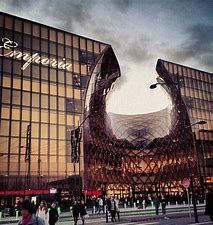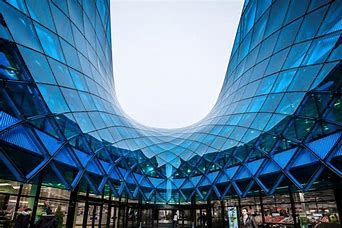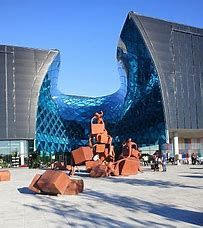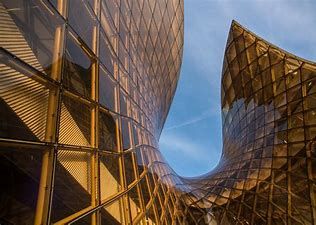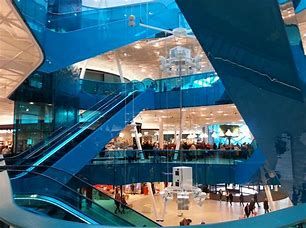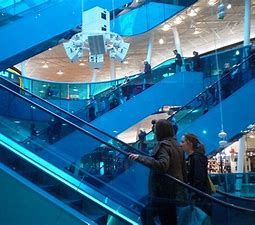Emporia, designed by Wingårdhs, is a project that refreshingly breaks conventions and challenges preconceptions. It is an extremely large mixed-use urban planning project, accommodating various types of housing, retail, and public space. As the name suggests, Emporia provides space for social exchange, which is why Wingårdhs moved the retail from their conventional street-front to the heart of the building, inviting people in. That way, visitors would travel through the building, experiencing the architecture, as opposed to interacting with simply a storefront. In the words of the architect: ‘The idea of lining the streets with mixed-use buildings demanded a strong form that could attract visitors from Station Square to come in and shop.’ The building’s bold form makes a statement. A coherent envelope houses all these different activities with the use of a clear rectangular façade that has been punctured, a motion meant to draw people in. Unconventionality seems to be a theme with Emporia with its strong form, bold colors, and custom pieces. In a project, this large, an architect reaches a fork in the road, either to design a building that will accommodate external inclusions or design down to the stitching or in Emporia’s case ‘down to the leather-wrapped handrails and the color of the stitching on the built-in seating.’ Again, due to the scale, custom designs for fixtures, furnishings, signage, ceilings, and floors are made possible.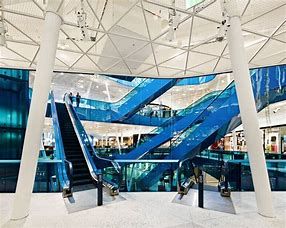
The project’s immensity calls for the structures to be built in phases. Atop this bold volume, Wingårdhs designed a rooftop park, a piece of ‘cultivated nature.’ Although that is there now, the rooftop is meant to incorporate outdoor dining and a spa facility in future phases. Wingårdhs compare shopping centers to amusement parks, clearly shown in their design: providing entertainment that occasionally changes to provide new attractions. Emporia is a building made for our time. We are at a point where technological advances have freed us from some conventions, and Wingårdhs have made apt use of that, pushing the boundaries of structure and organization. We are also at a time when we can design efficiently and cohesively, and that is evident in Wingårdhs’ attention to detail.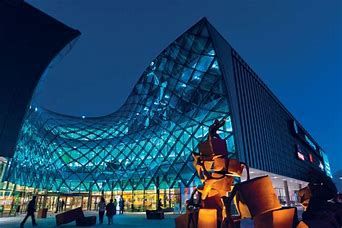
By Aiysha Alsane


